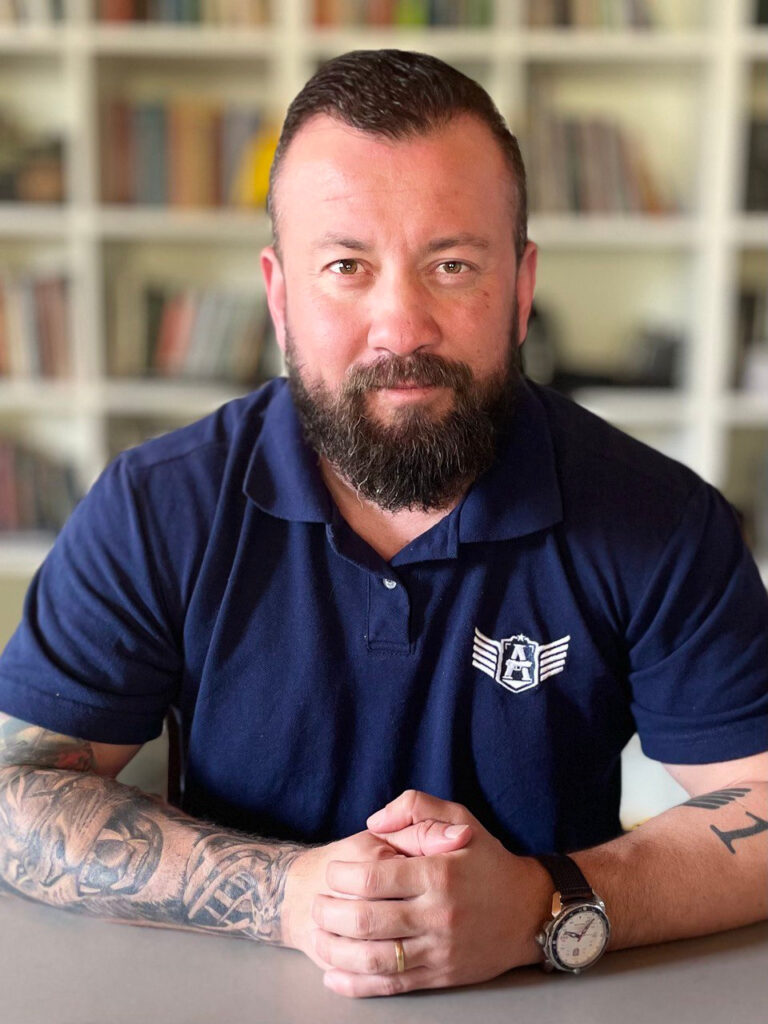
In the ever-expanding realm of firearms, where techniques, tactics, and ideas proliferate alongside an increasing number of guns in the hands of citizens, instructors, and students, selecting the right approach becomes crucial. This blog post delves into essential principles for choosing shooting techniques, aimed at providing a guide to navigate this diverse landscape.
This post, of course, is focused on combat shooting, not relating in any way to sports shooting, recreational shooting, or hunting, which should develop their own criteria and techniques. Let’s go!
1. Simplicity and Efficiency
In a world inundated with digital marketing and a surge in sales strategies, the shooting community has not been immune. Amidst efforts to stand out, some professionals introduce overly complex and flamboyant techniques. The guiding principle here is simple: if it’s difficult, it’s likely wrong. Simplicity not only enhances efficiency but also ensures a more practical and effective response to real-world situations.

2. Resilience
Combat situations induce stress that significantly impacts individual actions. Techniques requiring excessive motor or cognitive complexity tend to falter under pressure. Resilience, tied to simplicity and training level, becomes a critical factor. Experienced individuals tend to handle stress better, emphasizing the need for techniques that hold up under high-pressure conditions.

3. Combat-Oriented Development
High-performance techniques honed in sports disciplines might not seamlessly translate into combat scenarios. A cautionary tale of a champion sports shooter’s response to an assault highlights the potential risks of applying sports-centric practices in real-life situations. You might think I’m exaggerating, but I know more than one case of sports shooters who, immediately after shooting assailants, removed the magazine and opened the weapon. Are you familiar with this procedure?Evaluating techniques in the context of combat, considering its unique demands, becomes imperative.

4. Adaptability for Multiple Platforms
Efficient training involves selecting techniques that are adaptable across various firearm platforms. The emphasis here is on optimizing the learning curve by utilizing similar motor patterns for different platforms. This approach saves time, especially for individuals without dedicated facilities for regular training.

5. Generalization
Choosing techniques that cater to a broader audience is paramount, especially for shooting instructors. While unique individuals may exhibit extraordinary skills, a technique’s efficacy should be measured by its applicability to a larger demographic, ensuring practicality for a diverse group of learners.

6. Transferability
Learning in a controlled environment is essential, but it should not overshadow the application of skills beyond the shooting range. The transferability of techniques to real-world scenarios, known as far transfer, is a crucial aspect. The fluidity of one’s technique to adapt to changing circumstances ensures preparedness for a variety of stimuli.

Final thoughts
In conclusion, these principles offer a comprehensive guide for selecting shooting techniques that balance simplicity, adaptability, and effectiveness in real-world combat scenarios. The goal is to navigate the evolving landscape of firearms training with a focus on practicality, resilience, and broad applicability.






I wish every road Officer received This kind of instruction. At a basic level 1 SWAT should be taught to everyone. Some places haven’t changed their training in 20 years. Thankfully some of our trainers and instructors are ex-military, while military and police training don’t always cross over the concept of shoot and move and get off the X and cover and concealment is much more adaptable from a military standpoint than from the standard police standpoint.
Excellent information by the way.